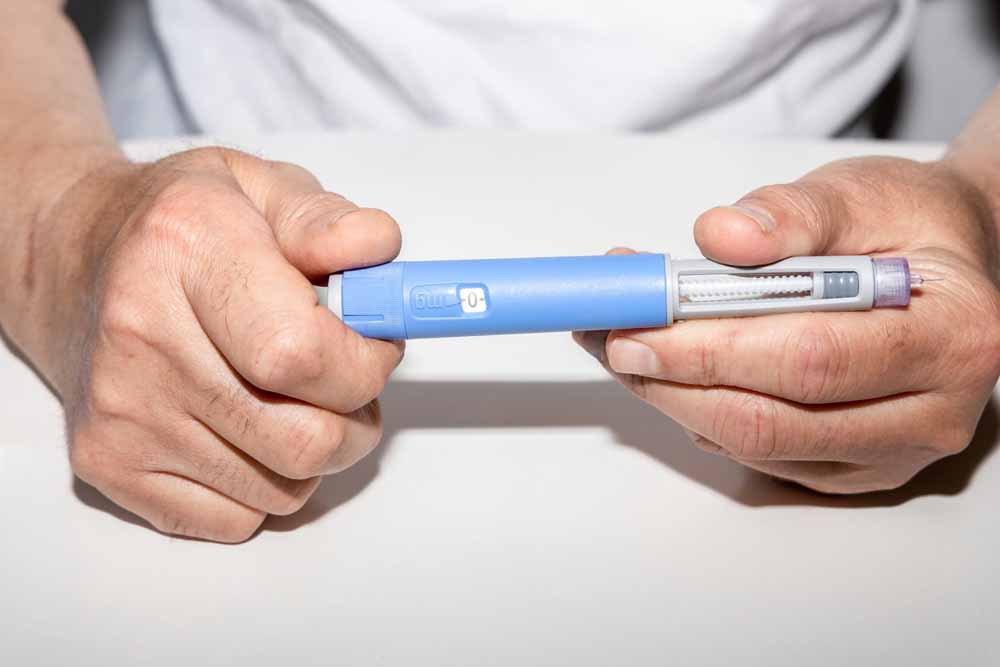Although the summers can be brutal for us in Arizona, we can also enjoy some cooling rain…
And some monsoons!
Yes, that’s right … for anyone new to Arizona, monsoons can be odd and even a little frightening.
We say frightening because although the aftermath of a monsoon can be a beautiful and even cool desert with that peaceful “rain smell” we all love…
Monsoons can be VERY dangerous especially if you are in a moving vehicle. They are disconcerting and can lead to any number of Phoenix car crashes.
We wanted to highlight some important safety tips (with the help of Monsoonsafety.org) as we approach this wildly wet season in the desert!
Planning Ahead
For those of you not familiar with what a monsoon is – it is a storm that brings high winds and a lot of rain. The weather is often muggy and humid as the temperatures don’t always drop with the rain
The best way to avoid lightning, flash floods, and other dangerous conditions is by not being in danger in the first place. Many ways are available to gain weather information including:
- Watching current weather forecasts on TV or the internet
- Listening to weather reports on the radio or a NOAA weather radio
- Subscribing to lightning and severe weather notification services
- Scanning the skies 360 degrees around and overhead before leaving a safe location
Disaster Supply Kit Contents
Every family should prepare a family disaster supply kit in the event of severe weather conditions.
The disaster supply kit should contain essential items such as food, water, and sturdy clothing, to sustain a family for up to three days since electric power, gas and water services may be interrupted.
Flash Flood Safety for Homeowners
- If you live in a flood prone area have an evacuation plan.
- Store materials like sandbags, plywood, plastic sheeting and lumber for protection from floodwaters and to make quick repairs after a severe storm.
- Store materials above flood levels.
- Secure wanted objects to prevent them from floating away.
- Learn where to find high ground, which is safe from flooding. In a flash flood seek high ground quickly.
- Contact an insurance agent to discuss flood insurance coverage. Flood losses are not covered under normal homeowners’ insurance policies.
Turn Around Don’t Drown™ Safety Tips
- Driving around barricades is illegal and dangerous.
- Do not let children play near storm drains or washes after a heavy rain.
- Avoid low-water crossings.
- Avoid camping in a wash or in the bottom of a canyon with steep side slopes.
- Be especially cautious at night. Flood dangers are much more difficult to see in the dark.
- Even a less serious urban flood can be dangerous. Driving too fast through standing water can cause a car to hydroplane. The best defense is to slow down or pull well off the road (with the lights off) for a few minutes to wait out heavy rains.
- Avoid areas already flooded, especially if the water is flowing fast.
- Do not attempt to cross flowing streams.
- Do not camp or park a vehicle along streams and washes, particularly during threatening conditions.
- If flooding occurs, get to higher ground. Get out of areas subject to flooding. This includes dips, low spots, canyons, washes, etc.
- Roadbeds may be washed out under floodwaters. Never drive through flooded roadways.
- If your vehicle is suddenly caught in rising water, leave it immediately and seek higher ground.
- If a traffic signal is out, treat the intersection as a 4-way stop.
- As little as ten inches of water can float average-sized cars, minivans, SUVs and trucks. Strength of the flow is the critical force.
- When in doubt, wait it out, or find a safer route.
Indoor Safety
- Never touch wiring during a thunderstorm. It’s too late to unplug electronics if thunder is heard.
- Corded phones are dangerous during thunderstorms. Lightning traveling through telephone wires has killed people. Cell phone and cordless phones are safe.
- Wait to use any plumbing-sinks, showers, tubs, and toilets. Plumbing can conduct electricity from lightning strikes from outside.
- Unplug expensive electronics including TV, stereo, home entertainment centers, and computers modem lines when thunderstorms are expected, and before the storm arrives. Typically, summer thunderstorms form in the early to mid-afternoon, when most people are at work.
- Stop playing video games connected to the TV.
Outdoor Safety
No place outside is safe from lightning during a thunderstorm. When a storm approaches go to a nearby large substantial building or a fully-enclosed metal-topped vehicle and bring your pets indoors.
Lightning and thunder are very scary for pets, and they are likely to panic or even run away to try and escape the storm!
For our drivers out there, please heed these important tips:
- Check Your Vehicle: Make sure your windshield wipers are working correctly, and replace cracked or poor ones. Check your tire tread and replace any headlights or brake lights that are out. You want to see and be seen!
- More Time Allotment: Traffic congestion is worse in bad weather. Plan ahead and leave early so you have enough time to get to your destination WITHOUT RUSHING!
- SLOW DOWN: Speaking of rushing… when it rains, oil and grime on the pavement rise to the surface…opposite of what we may think of water seeping into the ground. In fact, wet streets are extremely slick and slippery even more so if it has not rained in a long time, making it more difficult to get traction.
- Don’t Tailgate: This is a rule to follow no matter the weather but especially during monsoon season. It takes three times longer to stop on a wet road than a dry one.
- Pull Over… THE RIGHT WAY!: If you decide you cannot drive safely in a severe storm, move completely off the roadway and turn your lights OFF. In poor visibility, other drivers will follow tail lights or brake lights instead of staying on the road.
- Do NOT Drive Through Flooded Areas: We mentioned this above but it only a few inches of water can move your whole car. Flooding can occur on highways and neighborhood streets within moments of a heavy downpour. Be alert for posted flood warning signs or barricades. If you drive around a barricade and become stranded in a flooded area, you will be held responsible to pay for your own rescue according to Arizona’s “Stupid Motorist Law.”
- Downed Power Lines: If a power line comes in contact with your vehicle while you are inside, STAY in your car. Wait for help to arrive and honk the horn to attract attention.
- Do your best to stay out of Phoenix car crashes
Be safe out there, Monsoon Warriors!




